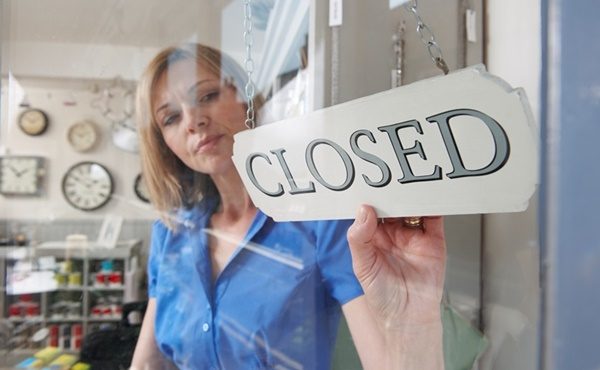The retail industry has been going through significant changes over the last few years with the rise of the omnichannel, and the increasing demands of customers for a better shopping experience.
This evolving landscape has been challenging for many retailers, with several retailers closing their doors in recent months, and a spokesman for Woolworths stating, ‘the retail sector in Australia is currently in recession’.
To overcome these challenges, it’s clear that brick and mortar retailers urgently need to adapt in order to survive in today’s competitive retail landscape. Adopting technology as part of the customer experience to remain competitive in today’s market is no longer optional.
Technology is key
Whilst the retail industry is extremely fast-paced and competitive, changes in consumer purchasing behaviour is proving quicker still and this is where retailers are falling behind. New technologies such as Artificial Intelligence (AI) and the Internet of Things (IoT) have raised the bar in recent years, not just in the level of customer experience retailers are able to provide, but also the level of experience customers now expect as a result.

Whether shopping in-store or online, customers now expect retailers to have technology in place that will make the shopping experience as seamless as possible. Retail stores must ensure they are providing the same level of convenience to customers that they experience with e-commerce.
According to recent SOTI research, 52 per cent of Australian consumers prefer stores that incorporate technologies that automate the purchasing process and provide them with a faster and more convenient shopping experience, such as self-service checkouts. Customers no longer want to waste time lining up to make a purchase the survey revealed, with 37 per cent of consumers stating a preference for stores with queue-busting technologies like mobile payment devices, to avoid checkout congestion.
Retailers need to understand these changing customer preferences when it comes to the retail experience, and technology plays a crucial part.
In-store mobility
If retailers want to remain competitive in today’s volatile climate, they need to be agile and adopt an integrated system that makes online to in-store transactions seamless. Brick and mortar retailers must apply a mobile-first strategy across their entire on and offline operations to streamline the value chain, from supply, to distribution, to shop floor.

Retailers should be offering personalised services, and mobilising retail staff through technology to streamline intelligent customer interactions. Store associates need to be equipped with devices that enable them to provide customers with immediate assistance wherever they are in the store, without the customer needing to go back to a counter.
Many retailers are already moving in the right direction, with global research, undertaken by YouGov on behalf of Honeywell, finding that 59 per cent of retailers agree technology has enhanced their customer shopping experience, and 67 per cent of retailers are planning to increase the use of mobile devices on the retail floor, in the warehouse, at the point of sale and at delivery.
Moving forward
As the retail industry comes to rely more heavily on technology to keep up with the changing and challenging landscape, it also becomes important that all in-store mobile devices and IoT endpoints are managed and secure. This helps streamline retail operations, protect regulated data, and empower store associates to keep pace with shoppers’ changing demands.
For IoT endpoints to work seamlessly, and offer customers the experience they desire, retailers need a solution that integrates everything, and provides around the clock support should anything go wrong. Solutions that integrate mobility and IoT will help retailers reduce the cost, complexity and downtime related to business-critical mobility.

Customers have high expectations when it comes to the retail experience they want, and technology plays a big role in this. Retailers must adopt in-store technology, and ensure it is managed and secure, if they want to survive the ever-evolving and increasingly challenging retail landscape.
By Michael Dyson, managing director of SOTI Australia and New Zealand







